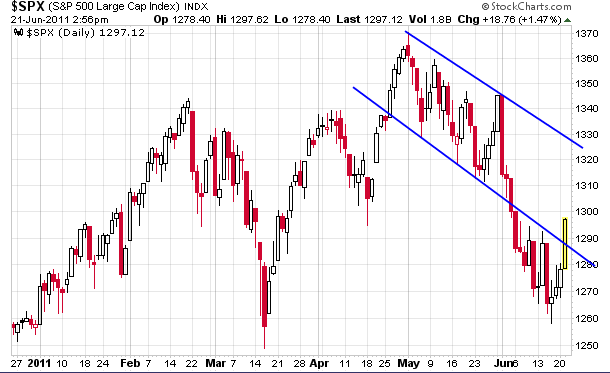Shareholders of Research in Motion (TSX: RIM) are likely feeling a lot lighter in the pocket from three months ago. I don’t have any comments on the valuation of the company other than that the market weights future performance than past performance – RIM over the past reported about $6/share in earnings and when combined with their $27 share price makes the company look like a spectacular value. Even when looking at the analyst estimates, most are projecting they will make $6/share for the next couple years.
The truth, however, is not so simple – the company is facing intense competition through a couple channels – Apple with their iPhone/iPad and Google’s Android operating system embedded on a myriad of devices that are chipping away at Blackberry. As shareholders of Nokia (NYSE: NOK) might know, when you give up a lead in technology, it may be permanent or at least very long.
In the “social networking” domain, Friendster was trumped by Myspace, and now Myspace has been trounced by Facebook. Predicting the evolution of technology is not easy.
In the “search” domain (i.e. online advertising), Google so far is the winner, with old players such as Lycos, Excite, Infoseek, Altavista and Yahoo left behind.
Microsoft, for the most part, appears relatively insulated from the change in technological trends, mainly due to people’s acclimatization to the Windows and Office suites. Linux’s various permutations has failed to permeate into the client marketplace to a significant degree while OpenOffice and its derivation (including Google Docs) has not penetrated Microsoft Office to any extent. However, a bet on Microsoft relies on the fact that these two core assumptions are true. While Microsoft does have a financially viable video game division, this is not the primary bet a Microsoft shareholder implicitly makes – rather, it is that they are able to maintain monopoly-level pricing on Windows and Office.
Apple shareholders also received adverse treatment from Microsoft back in the 1990’s and nearly faded into oblivion until they revamped their product marketing with the iMac. The question of 2012 is: Will Apple or Google shareholders receive the same treatment from some other upstart company?
Finally, with RIM, if you anticipate that people will be using Blackberries (or other RIM devices) in the future, RIM might be a good bet. Investors with clairvoyant abilities to predict future technological trends will be handsomely rewarded with either gains, or the ability to sell out of a stock before the rest of the market realizes that the technology trend has changed.
